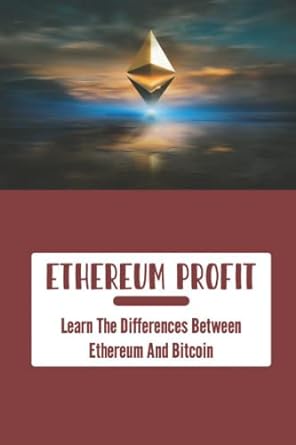Question
Philip Mills is an owner of a table tennis club in Winnipeg. In the last few years, the club has been extraordinarily successful with the
Philip Mills is an owner of a table tennis club in Winnipeg. In the last few years, the club has been extraordinarily successful with the involvement of one of the leading world table tennis players, Huang Chang from China, who have participated in many training sessions conducted at the club. Mr. Mills senses that he can make additional money from increasing the capacity of his club by purchasing additional tables. The cost of additional 30 tables is equal to $30,000. Please also note that delivery and installation costs were equal to $5,000. With this investment, Mr. Mills estimates that he would still need to increase his inventory by $10,000 by purchasing rackets, rubbers, and balls. Some of the inventory items would be bought on credit; supplier credit to Mr. Mills would equal to $3,000. He also anticipates that he would have to provide favorable payment terms to some of his clients; there would be $6,000 worth in delayed payments. He anticipates reversing his investment into working capital at the end of the project. Mr. Mills does not anticipate any incremental increases in liabilities. From his coaching experience, Mr. Mills knows that tables will only last for five years after which they become obsolete. They also have no salvage value.
With the enlarged capacity to train additional players, Mr. Mills anticipates to increase his sales by $20,000 per year in the first two years. In years 3-5, he expects that sales would reach $35,000 per year through increasing the brand awareness of his club in Winnipeg and across Canada. The increase in operating expenses is estimated to be 20 percent of the annual change in sales. Assume that the marginal tax rate is 40 percent and Mr. Mills discount rate is 20 percent. Additionally, do not apply the half-year convention rule (amortization at 20 percent per year under the straight-line method).
46. What is the value of the initial cash flow?
47. What is the cash flow in the first year of operations?
48. What is the total cash flow in the fifth year?
49. What is the NPV of the project?
50. What is the IRR for the project?
Step by Step Solution
There are 3 Steps involved in it
Step: 1

Get Instant Access to Expert-Tailored Solutions
See step-by-step solutions with expert insights and AI powered tools for academic success
Step: 2

Step: 3

Ace Your Homework with AI
Get the answers you need in no time with our AI-driven, step-by-step assistance
Get Started


